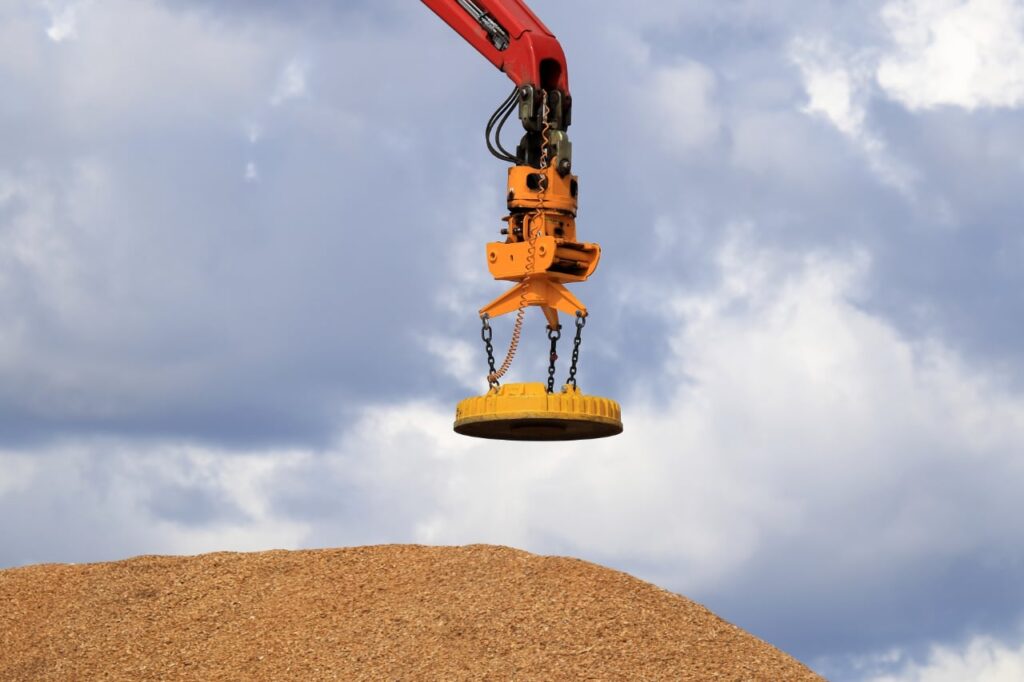
Safe and efficient industrial lifting services are essential for the success of many operations.
Following best practices can significantly reduce risks, increase productivity, and ensure compliance with safety regulations.
Table of Contents
1. Planning and Preparing Lifting Operations
Developing a comprehensive lifting plan is the first step toward safe and efficient lifting operations.
This plan should detail the specific steps and procedures involved in the lifting operation, covering everything from the initial assessment to the final execution.
It must address the types of equipment to be used, the characteristics of the load, site conditions, and the personnel involved.
Compliance with relevant regulations and standards, such as those set by OSHA and HSE, is crucial.
The plan should also include contingency measures for unexpected scenarios, ensuring all potential risks are mitigated. If you need help with organizing, visit AIS Eurelo.
Before any lifting operation, a thorough assessment of the load is essential. This includes determining the weight, center of gravity, and stability of the load.
Ensuring that the path is clear of obstructions and that environmental conditions, such as weather and ground stability, are suitable is also vital.
Mechanical aids or additional personnel might be necessary for particularly challenging lifts. This pre-lift preparation helps in identifying potential hazards and addressing them proactively, ensuring a smoother and safer lifting process.
2. Utilizing Proper Lifting Techniques and Equipment
Proper manual handling techniques are fundamental to preventing injuries during lifting operations. Keeping the load close to the waist and maintaining a stable position with feet apart can help maintain balance.
Avoiding twisting or bending the back is critical; instead, move your feet to turn and bend at the knees when lifting. Using smooth, controlled movements rather than jerking the load reduces the risk of sudden strain.
These techniques should be ingrained through regular training and practice to ensure they become second nature to the personnel involved.
Regular inspection of lifting equipment and accessories is crucial to ensure safety and efficiency.
Before each use, check that all lifting equipment is free from damage or defects. Verify that the equipment is marked with its Safe Working Load (SWL) and has up-to-date inspection records.
Using appropriate lifting accessories, such as slings, shackles, and spreader beams, is essential for maintaining the stability and security of the load. Proper use and maintenance of equipment not only extend its lifespan but also significantly reduce the risk of accidents.
3. Ensuring Personnel Competency and Communication
Providing comprehensive training for all personnel involved in lifting operations is critical. This training should cover risk assessments, lift plans, and the correct use of equipment.
Regularly reviewing and updating training programs to comply with current regulations and addressing any observed performance issues or incidents is essential.
Keeping a detailed record of personnel authorized to perform specific roles in lifting operations ensures that only qualified individuals are involved, enhancing the overall safety and efficiency of the operations.
Clear and effective communication is vital for the success of any lifting operation. Establishing standardized communication methods, such as hand signals or radios, should be documented in the lift plan.
Ensuring that all team members understand and can communicate in a common language is crucial to avoid misunderstandings.
Designating a signaler or banksman to provide instructions to the operator ensures that everyone is coordinated and that stop signals are obeyed immediately. Effective communication minimizes errors and enhances the safety and efficiency of lifting operations.
The Bottom Line

Source: entrepreneurshipinabox.com
Adhering to best practices for industrial lifting services ensures safe, efficient, and compliant operations.
By planning meticulously, using proper techniques and equipment, and ensuring personnel competency and clear communication, the risks associated with lifting operations can be significantly reduced.








